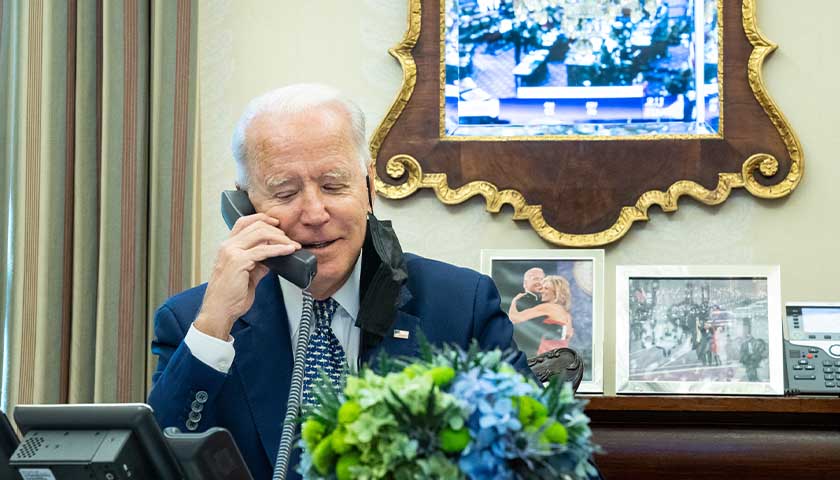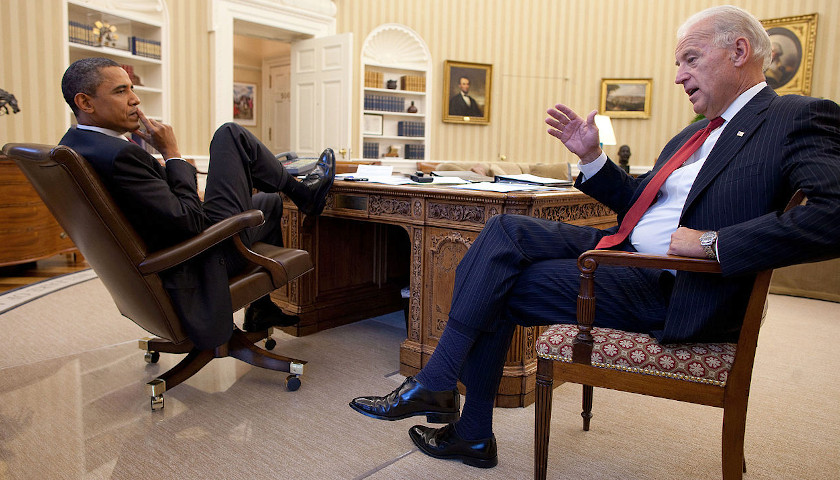“Where are the real domestic terrorists?” wonders Julie Kelly. As it happens, the intrepid American Greatness reporter is in luck. Domestic terrorist Nidal Hasan is on military death row at Fort Leavenworth, Kansas. As embattled Americans might wonder, who is this guy? What did he do to land in prison? And what, if anything, does Joe Biden have to say about it?
Nidal Hasan, 51, is an American-born Muslim who earned a degree in psychiatry, joined the U.S. Army, and attained the rank of major. Trouble is, Hasan considered himself a “soldier of Allah” and in 2009 he was communicating with al Qaeda terrorist Anwar al-Awlaki about killing American soldiers. The FBI knew all about it, but as “Lessons from Fort Hood” confirms, the Washington office of the FBI dropped the surveillance on Hasan and took no action against him.
Major Hasan was a partisan of the Taliban and in November of 2009 Americans were being deployed from Fort Hood, Texas, for duty in Afghanistan. On November 5, 2009, Hasan yelled “Allahu Akbar!” as he opened fire. Hasan gunned down 13 unarmed American soldiers, including Private Francheska Velez, who was pregnant and died crying “my baby!”
Read More

